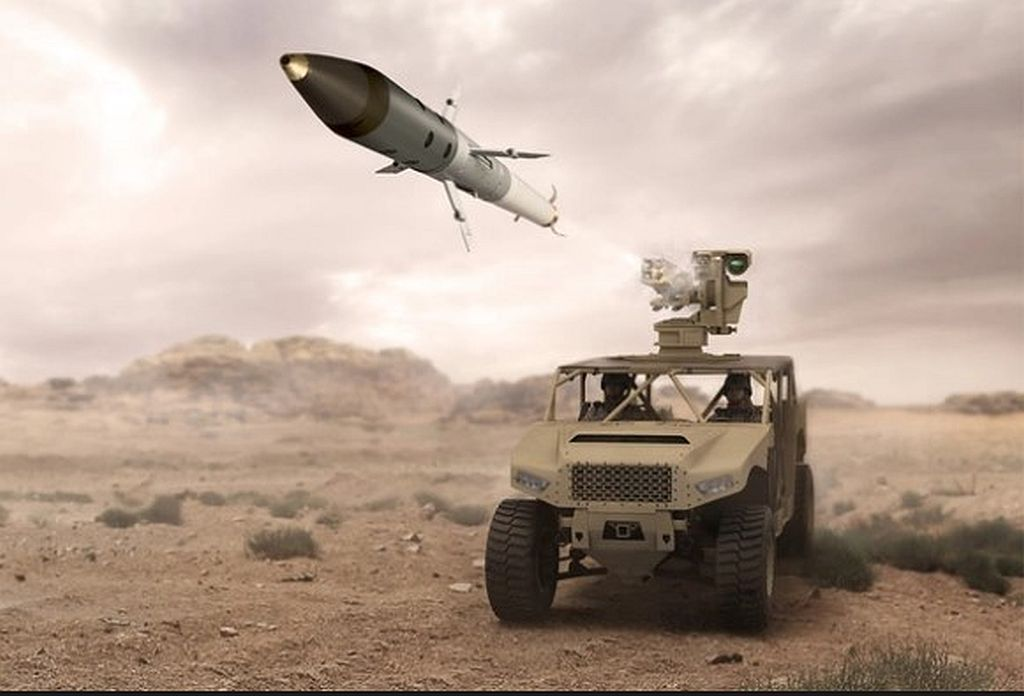US Army has received the six MSI Defense Solutions’ (MSI) Electronic Advanced Ground Launcher Systems (EAGLS) to improve its counter-drone capabilities.
In April, the US Army’s Naval Air Systems Command (NAVAIR) announced the order for a firm-fixed-price contract with MSI with a not-to-exceed value of $24,186,464.
The order was seen as an emergency response to provide much-needed counter-drone systems to protect US assets in the region.
As the global unmanned aerial system (UAS) threat expands in quantity and complexity, personnel and asset protection demand more agile, mobile, and effective solutions.
The EAGLS Counter-UAS system provides an adaptable, cost-effective, mobile, or stationary system that can be employed in various environments and on multiple platform types.
MSI’s EAGLS C-UAS system is a platform that can accommodate both mobile and stationary integrations to protect critical infrastructure such as power, water, and information systems/data centers.
It can also protect any target on the move, repositioning from one location to another, and enable shoot and scoot capability.
Featuring a remote weapon station, MHR radar, electro-optical sensor, and a 70mm laser rocket launcher, UAS targets are quickly detected at a safe distance, recognized and identified, and prosecuted by the forces.
EAGLS is a complete system with three main components. These include a version of the Commonly Remotely Operated Weapon Station II (CROWS II) equipped with a four-round 70mm rocket launcher loaded with laser-guided Advanced Precision Kill Weapon System II (APKWS II) rockets, a sensor turret with electro-optical and infrared cameras, and a small radar array.
The weapon station uses laser-guided rockets such as the Advanced Precision Kill Weapon System II with a range of 10 kilometers (6 miles), identical to the RPS-40 radar’s detection range.
MSI’s website shows a version installed on a pickup truck-style variant of the 4×4 Humvee light utility vehicle.
The United States Navy recently released a document called Justification and Approval, which stated that an urgent contract action is required to address the emerging and persistent threats posed by UAS in the United States Central Command (USCENTCOM) Area of Responsibility (AOR).





